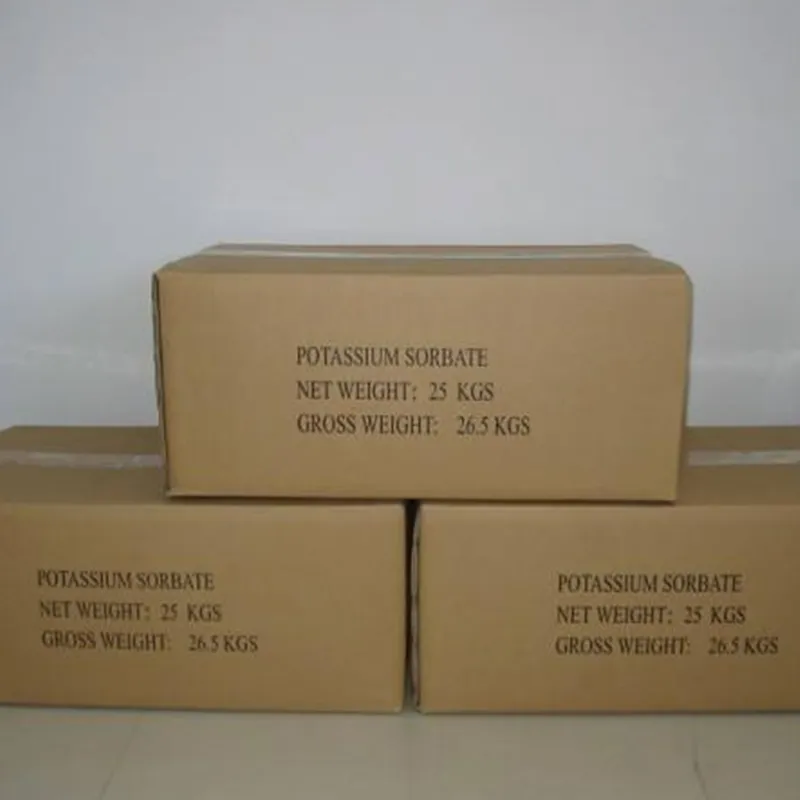
sodium stearoyl lactylate emulsifier
Sodium Stearoyl Lactylate A Versatile Emulsifier
In the realm of food science and technology, emulsifiers play a crucial role in the formulation and stability of various products. One such emulsifier that has garnered attention for its multifunctionality is sodium stearoyl lactylate (SSL). This compound, derived from the reaction of stearic acid with lactic acid, serves not only as an emulsifier but also as a dough conditioner and stabilizer, making it an essential ingredient in numerous applications.
What is Sodium Stearoyl Lactylate?
Sodium stearoyl lactylate is a sodium salt of the ester formed from stearic acid and lactic acid. It is a white to off-white powder that is soluble in water, which allows it to be seamlessly incorporated into various food formulations. SSL is classified as a GRAS (Generally Recognized As Safe) substance by the U.S. Food and Drug Administration, which affirms its safety for use in food products.
Applications in Food Products
One of the primary applications of sodium stearoyl lactylate is in bakery products. It is widely utilized as a dough conditioner, helping improve dough strength and elasticity. This results in better gas retention during fermentation, leading to improved volume and texture of baked goods. SSL also contributes to a softer crumb structure, enhancing the overall sensory experience of bread and pastries.
In addition to baking, SSL finds its application in emulsified sauces, dressings, and dairy products. Its emulsifying properties help stabilize oil-in-water emulsions, preventing separation and prolonging shelf life. This is particularly important in products such as mayonnaise and salad dressings, where a consistent texture and appearance are vital for consumer acceptance.
sodium stearoyl lactylate emulsifier

Mechanism of Action
The effectiveness of sodium stearoyl lactylate as an emulsifier can be attributed to its unique molecular structure. Being amphiphilic, it has both hydrophobic and hydrophilic properties, enabling it to interact with both water and oil phases. When added to a formulation, SSL reduces the surface tension between the two phases, helping to stabilize emulsions and prevent coalescence of fat globules. This mechanism is essential for achieving a uniform and stable product.
Benefits Beyond Emulsification
Apart from its emulsifying and dough conditioning properties, SSL also enhances the texture and microbiological stability of food products. It can assist in moisture retention, thereby extending the shelf life of baked goods and preventing staleness. Furthermore, the presence of lactic acid in SSL may contribute to the development of beneficial microbial cultures, particularly in fermented dairy products.
Conclusion
Sodium stearoyl lactylate is a remarkable emulsifier with diverse applications across the food industry. Its ability to improve dough properties, stabilize emulsions, and enhance product texture makes it an invaluable ingredient for manufacturers seeking to create high-quality, shelf-stable products. As consumer preferences continue to evolve, the demand for multifunctional ingredients like SSL is likely to grow, ensuring its presence in the formulation of innovative food products for years to come. In summary, sodium stearoyl lactylate exemplifies how a single ingredient can significantly impact the quality and stability of various food formulations, benefiting both producers and consumers alike.
-
nitrile-rubber-honoring-strict-production-standardsNewsAug.22,2025
-
aspartame-ingredients-honoring-food-safety-valuesNewsAug.22,2025
-
fertilizer-for-balanced-plant-nutritionNewsAug.22,2025
-
cyanide-gold-processing-with-high-purity-additivesNewsAug.22,2025
-
formic-acid-in-textile-dyeing-applicationsNewsAug.22,2025
-
aluminum-hydroxide-gel-in-skincare-productsNewsAug.22,2025
-
Regulatory Compliance for Global Mining Chemicals UseNewsAug.12,2025
Hebei Tenger Chemical Technology Co., Ltd. focuses on the chemical industry and is committed to the export service of chemical raw materials.
-

view more DiethanolisopropanolamineIn the ever-growing field of chemical solutions, diethanolisopropanolamine (DEIPA) stands out as a versatile and important compound. Due to its unique chemical structure and properties, DEIPA is of interest to various industries including construction, personal care, and agriculture. -

view more TriisopropanolamineTriisopropanolamine (TIPA) alkanol amine substance, is a kind of alcohol amine compound with amino and alcohol hydroxyl, and because of its molecules contains both amino and hydroxyl. -

view more Tetramethyl Thiuram DisulfideTetramethyl thiuram disulfide, also known as TMTD, is a white to light-yellow powder with a distinct sulfur-like odor. It is soluble in organic solvents such as benzene, acetone, and ethyl acetate, making it highly versatile for use in different formulations. TMTD is known for its excellent vulcanization acceleration properties, which makes it a key ingredient in the production of rubber products. Additionally, it acts as an effective fungicide and bactericide, making it valuable in agricultural applications. Its high purity and stability ensure consistent performance, making it a preferred choice for manufacturers across various industries.





